Choosing between a monopod and a tripod is an age-old question for beginner photographers. Both are essential pieces of photography gear that help you stabilize your camera, and they both offer significant benefits when used correctly in the right situation.
In this article, I’m going to explain the pros and cons of each option and explain when you should use each one. At the end of it, you’ll have a clear idea of whether a monopod or a tripod would be the best fit for you and your favourite types of photography.
Table of Contents
What Is a Monopod?
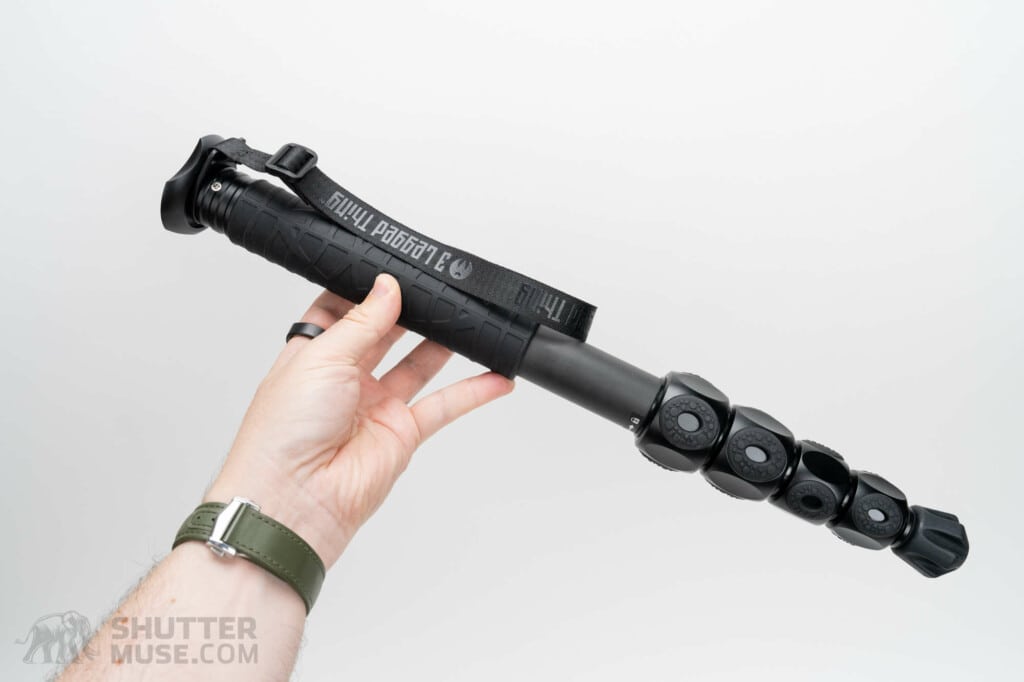
A monopod is a collapsible camera support device with a single leg. You can mount your camera directly to the top of the monopod or use a monopod head, sometimes called a tilt head, to give you tilt control in the forward (down) or backward (up) directions.
A monopod has two primary uses, and one often overlooked tertiary: Firstly, with an added point of contact on the ground, a monopod gives you a higher degree of stability than what you get when hand-holding your camera. This leads to sharper images at lower shutter speeds. Secondly, when waiting for long periods, a monopod takes the weight of your camera off your arms and shoulders, preserving your strength for when you need it. If you keep your strength, your arms won’t be as tired and shaky when the action happens, likely resulting in sharper images.
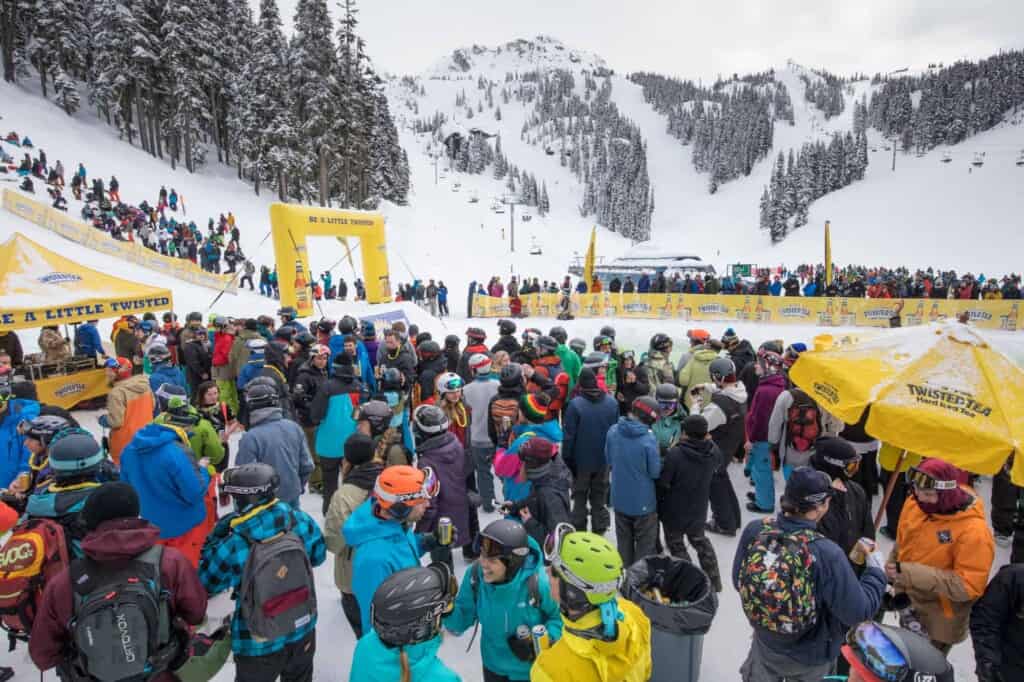
Another good use for a monopod is as a camera boom to elevate your camera angle. Combining this technique with an ultra-wide-angle or a fisheye lens allows you to create a unique, almost drone-like image of crowded events. Today’s cameras all have complimentary mobile apps enabling you to see what your camera is seeing while perched high above you.

Monopods come in different heights and collapse into different lengths depending on how many sections they have—the more sections they have – usually 3, 4, or 5 – the shorter the folded size. Monopods also come in a choice of carbon or aluminum/magnesium alloy. A carbon fiber monopod is more robust, durable, and lighter but more expensive than alloy versions.

What Is a Tripod?
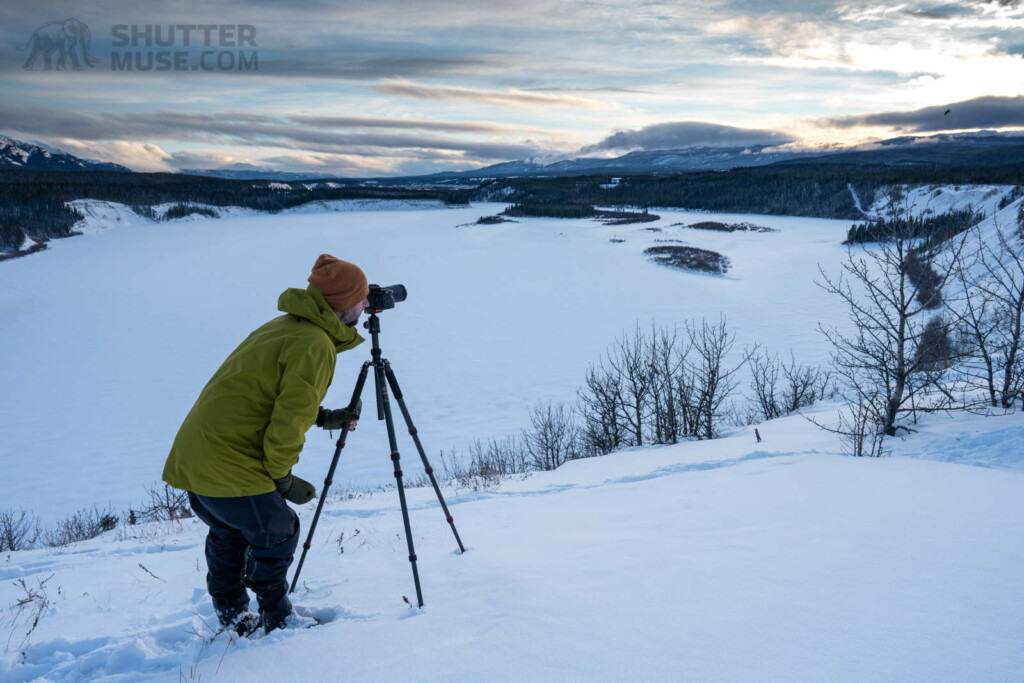
A tripod is a three-legged support that provides a stable platform for your camera or other camera accessories, such as a flash. Unlike a monopod, which you must hold at all times when your camera is on a tripod, you can safely step away, and it will stay in a fixed position.
Tripods have extendable legs and twist locks that allow you to create a level platform on uneven ground. While they always have three legs, the length and number of sections that make up those legs will vary from model to model. This changes the maximum height of the tripod and its length when folded for travel.


To use a tripod with your camera, you must also choose the most suitable tripod head. The most popular is a ball head, with many beginner or intermediate tripods coming with one as a package. This type of tripod head gives you complete control over the angle of your camera on top of the tripod. Other tripod heads include fluid heads for filmmaking, gimbal heads for super-telephoto wildlife photography, and panoramic heads for–you guessed it–panoramic photography.

Advantages and Disadvantages of Monopods and Tripods

Pros and Cons of Monopods
Monopods are always smaller and lighter than a tripod. Experience has shown me that the lighter the photo accessory, the more likely people will use it. The benefit of a monopod’s small size and low weight will be felt when hiking or packing your camera gear in a suitcase to take on vacation or your next photography expedition.
The second significant monopod benefit is its small footprint in a crowded location. With only a single leg, a monopod can be extended down with its foot placed between your own two feet. It takes up no more room in a crowded environment than you already do.
The downside of a monopod is that it doesn’t offer as much stability as a tripod. It takes the weight of your camera and keeps it at a set height above the ground, but you must always keep (at least) one hand on the monopod, and even the steadiest of hands will introduce at least some side-to-side movement of the camera. For stability, a monopod is much better than hand-holding but not as good as a tripod.
Pros and Cons of Tripods
Tripods give you much more stability than a monopod. As long as there isn’t a howling gale blowing, you can safely take your hands off a tripod, and your camera will have a safe and stable platform. This stability allows you to use the much longer shutter speeds required for all types of long exposure photography.
The biggest downside to a tripod is its size and weight. Tripods are at least three times the size and weight of a monopod. The difference is often much more than this because a tripod usually has a centre column and must always have a tripod head, too. This makes them harder to pack for travel and bulkier when carried on the outside of your camera bag.
Another downside of a tripod is that many crowded locations and tourist attractions will have “No Tripods” signs because tripod legs create trip hazards that others cannot see. These rules can be frustrating when you have gone to the effort of carrying a tripod with you all day, only to find that you can’t reap the benefits.
The final downside to a tripod is the price. When comparing monopods and tripods of the same quality level, a tripod will always be much more expensive. There’s no getting around this. They contain more materials and more individual parts.
When Should You Use a Monopod or a Tripod?
Landscape Photographers

Landscape photography usually requires a small aperture to increase your depth of field and get sharp details from the foreground to the background. Photographers must balance this small aperture by using a longer shutter speed, and it often passes the point at which you could successfully hand-hold a camera and still get a sharp photo. Using a tripod for landscape photography will allow you to shoot at these small apertures while keeping your ISO at the lowest level, keeping noise at bay and giving you a sharper image.

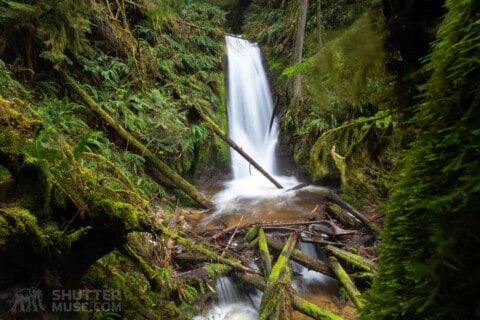
From a compositional point of view, a tripod is also great for getting your camera low to the ground and holding it steady in awkward places. Reflections in water will be maximized when a camera is placed lower, and the motion of moving water will also be more exaggerated the closer you place the camera.
Using a tripod for landscapes also opens up the possibility of using a neutral density filter to lengthen your exposure time even further, blurring the water from a waterfall, a lake or even the ocean. This smooth water effect can add a sense of serenity to an image and remove distracting ripples to leave a cleaner composition.
Long-Exposure Photography

Although we discussed ways to use long exposures in the previous landscape photography section, there are some instances when using a very long shutter speed can produce compelling images in other environments. Long-exposure nighttime photography in urban environments is a popular example.
To get sharp urban nighttime images, you would need to use a tripod. The required exposure time is several seconds, and there’s simply no way to hold a monopod steady enough for this length of time.
Wildlife Photographers
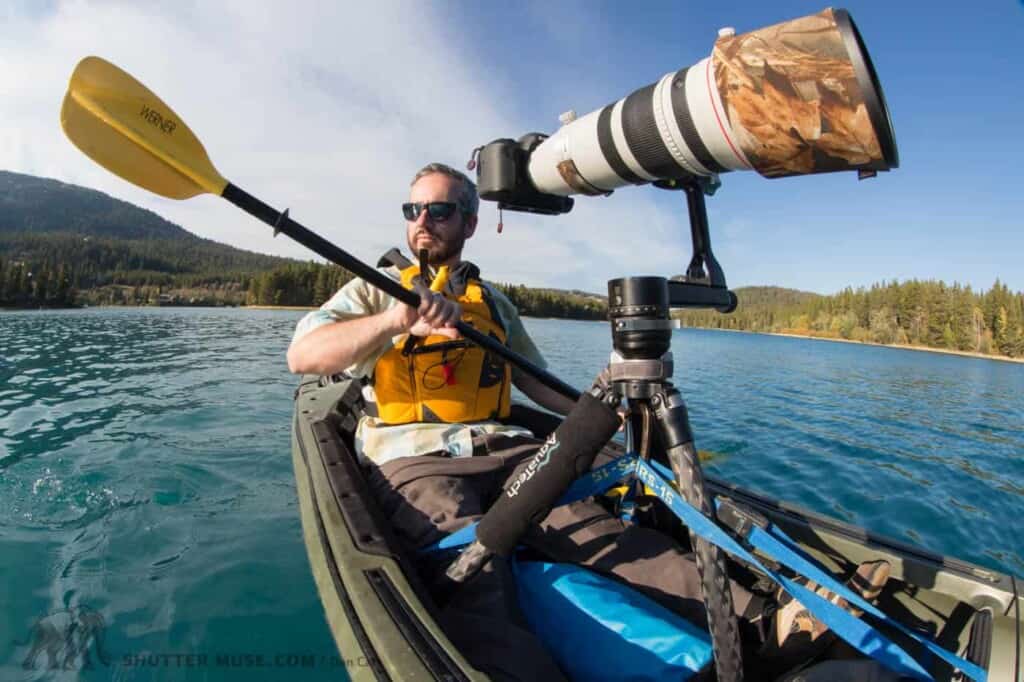
Some of the monopods vs tripod decisions are clear cut when you examine the pros and cons and relate them to different types of photography. For wildlife photographers, the decision isn’t so straightforward. A tripod is handy when you’re playing the waiting game. Perhaps you are photographing birds in your back yard from a blind or hunkered down near a local fox den, waiting for some action. In these cases, a tripod is perfect, particularly when you combine it with a gimbal head so that your telephoto lens is ready to go.
On the other hand, I often find a monopod useful for wildlife photography when you are constantly on the move. If you’re bushwhacking all day on the search animals, a monopod is much faster to deploy when you find what you are looking for. In some cases, you might have mere seconds to get the shot you’re after, and for this reason, I often carry my telephoto lens over my shoulder on a monopod.
For that same reason, I also keep a monopod in my car whenever I’m driving through places where fascinating wildlife might be seen near the side of the road. If it’s safe to do so, I’ll stop and quickly grab the monopod because it’s faster to set up than a tripod.
Sports Photographers
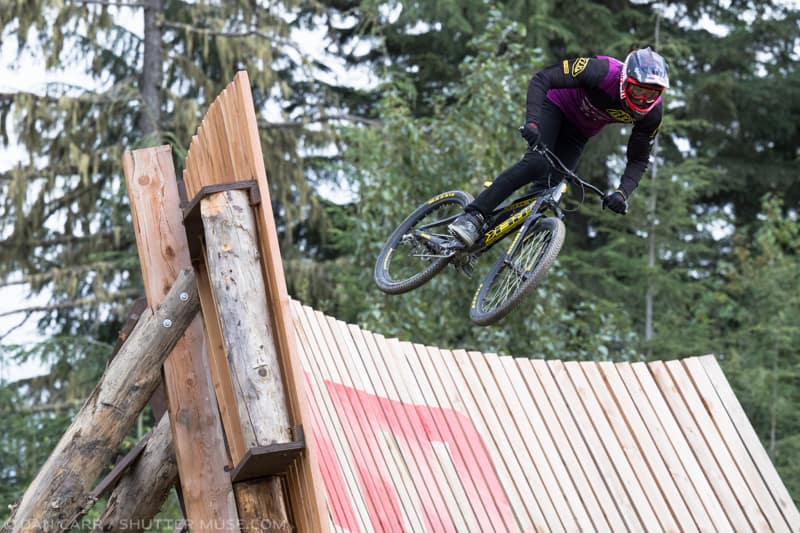
Sports photography requires you to be constantly poised and ready for a peak moment of action. You’re often close to a crown of people, and you’re usually shooting with longer focal lengths that require big heavy long lenses. This kind of situation is perfect for a monopod, allowing you to constantly track the action through the viewfinder throughout the event, waiting for that perfect moment.
A monopod also allows you to support the weight of your camera for the duration of the event while still maintaining the manoeuvrability you need to change angles and move between shooting positions quickly. Even though you will usually be shooting at faster shutter speeds while covering sporting action, the stability that a monopod provides is still valid when working at longer focal lengths of 300-600mm. I have photographed many sporting events professionally, and I’d never think of doing it without my monopod.
Portrait Photographers
For studio work, it’s pretty standard for photographers to use a tripod for studio work, so long as the poses you are working through do not significantly alter your model’s eye height. Using a tripod means the photographer can stand close to the camera but not hide right behind it, which can feel like a barrier. Without that barrier, the photographer can create a better connection with less experienced subjects.
Macro Photography

The high magnifications used in macro photography mean that camera shake and a soft photo are always possible if you don’t use some form of stabilization. Suppose your macro lens or your camera body has image stabilization. In that case, you can use a monopod to get sharp photos of larger macro subjects such as flowers, as long as there’s plenty of light to maintain a reasonable shutter speed.
If you want to use focus stacking techniques to combine multiple images in Photoshop for a greater depth of field, you will need a tripod to ensure that your frames line up perfectly.
Low Light Photography
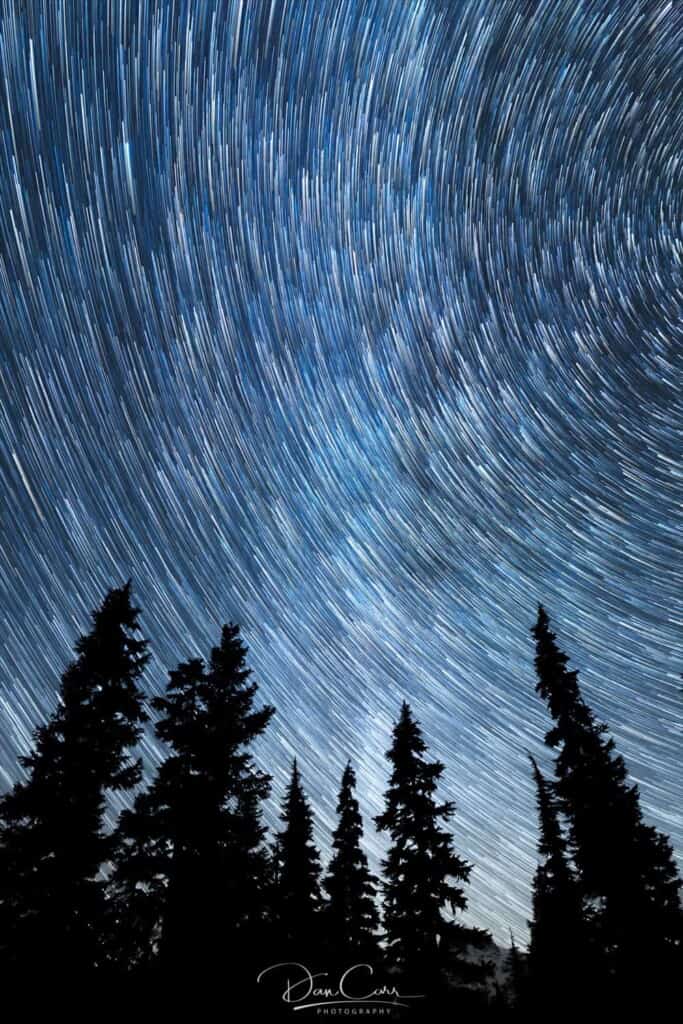
When I talk about low-light photography, I’m specifically referring to Milky Way photography, Northern Lights Photography and other types of astrophotography such as star-trails and astro landscapes. For best results, all these types of photography in low light situations require exposure times measured in seconds, sometimes minutes or even hours.

If you plan to photograph any of these things properly, and by that, I mean get sharp photos that you can be proud of, you will need a tripod. You could use a monopod, crank your ISO way up and try to get lucky with the odd Milky Way or Northern Lights photo at around the 1-second exposure mark. But overall sharpness will be hit or miss, and the high ISO will introduce unsightly noise that spoils even your best efforts. I don’t recommend it.
If you use a tripod, you can keep your ISO at a manageable level to still get sharp and detailed photos. A tripod will also open up the possibility of using multiple image techniques such as start stacking for star-trail photos and time-lapses of the night sky. Both of which require the camera to be stationary for very long periods.
Can Monopod Feet Replace a Tripod?



Monopods come with a single rubber foot, usually screwed into a standard 3/8″ 16 thread on the bottom. For added lateral stability, you can swap the monopod’s standard foot for an optional monopod “tripod foot.” Some monopod brands make their own, or you can buy a universal option like the DocZ2 tripod foot from 3 Legged Thing.
Though such solutions are called “tripod feet,” they don’t turn your monopod into a tripod, and you shouldn’t expect the same kind of stability that you’d get from a dedicated tripod. You still need to keep one hand on the monopod at all times. Think of this as an in-between solution beneficial for run-and-gun video shooters who don’t have time or space to set up a big bulky tripod.
Monopod Vs Tripod for Videography

For documentary-style, so-called “run and gun” filmmaking, a monopod can be a great tool when equipped with a small fluid head to provide the pan and tilt motions. With smaller mirrorless cameras, this gives you a level of stability similar to what you’d expect from a larger shoulder-mounted cine camera.
The monopod is not as stable as a tripod, of course, but for that shooting style, some camera movement is expected and often requested by directors to give the shots a more natural fly-on-the-wall feel. A video monopod setup usually consists of a monopod, a small fluid head, and a monopod tripod foot. You can assemble the pieces individually or buy them as a kit from brands such as Manfrotto or iFootage.
Monopods work well for those small mirrorless cameras, but once you get up into the realms of larger cinema cameras with big heavy cine lenses, you’re going to need a tripod and a much larger fluid head to hold the weight.
Monopod Vs Tripod – Which to Buy (First)?
As you can see, there are many situations in which either a tripod or a monopod is useful. While some of these situations overlap, there are also several situations where only one of the options truly makes sense. For this reason, it is common for photographers to own both a monopod and a tripod.
If you are starting in photography, there’s no need to rush out on day one and buy both. Instead, look at the information in this tutorial and ask yourself what kind of photography you will be doing the most and where you will be doing it. This will help you prioritize your purchase.
If you’re primarily interested in landscape photography, it’s easy to see why you should purchase a tripod before a monopod. Among other things, it allows you to create beautiful long exposures with smooth water and capture the Milky Way and the Northern Lights.
For sports photographers, a monopod makes the most sense. You’re never going to see a tripod on the sidelines of a football game for good reason. They’re great for remaining compact and mobile while navigating crowded sports venues.
What About Tripods That Turn Into Monopods?


Some tripods can convert into a monopod. This is achieved by unscrewing one of the tripod legs, removing the top platform from the tripod and adding it to that leg. A great example of this is the 3-Legged Thing Bucky tripod. For people who think they might need both a monopod and a tripod, it can save you some money.
When it comes to camera support, there is no such thing as a free lunch. While this ability to transform can be handy and save you some money, these tripods usually sacrifice some stability in tripod mode, compared to ones that do not have this feature. If you research products that do include this ability to transform, you will quickly realize that big, sturdy tripods such as those from Gitzo, Manfrotto and Rally Right Stuff are not on the list.
Conclusion
The question of monopod vs tripod is one of mobility vs stability when it comes down to it. A tripod will always be more stable than a monopod, and a monopod will always be lighter and smaller than a tripod. It’s up to you to examine the use cases that I’ve outlined in this guide and choose the one (or two) that suits the photography you plan to do.




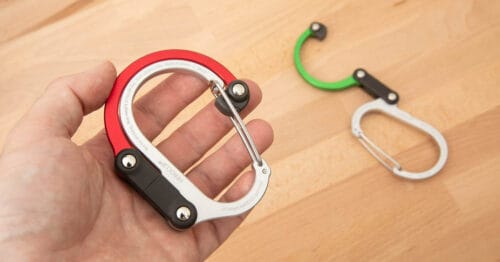
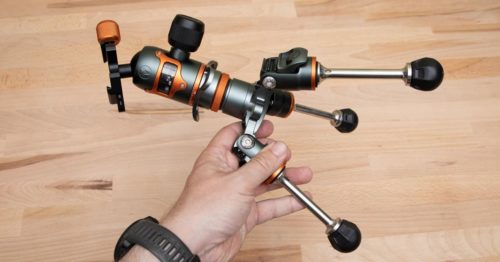

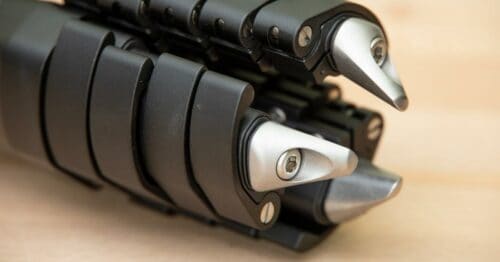
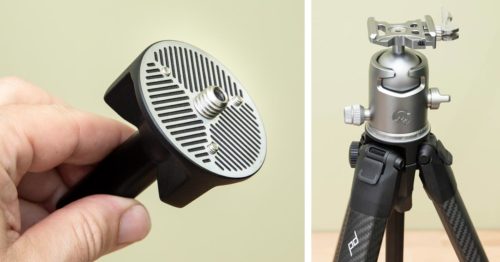
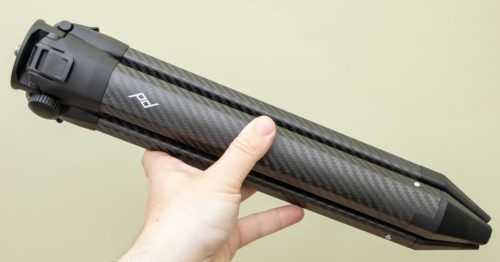
Thank you for a most interesting and comprehesive explantion of tripod vs monopod. I have a tripod which has the facility to use the one leg as a monod but to date have not tried to use the monopod. It is something that I will certainly trying out in the near future,
What brand / model is the head shown in the “Macro” tripod example in this article? It raises up to get the macro lens above he subject! Very cool!